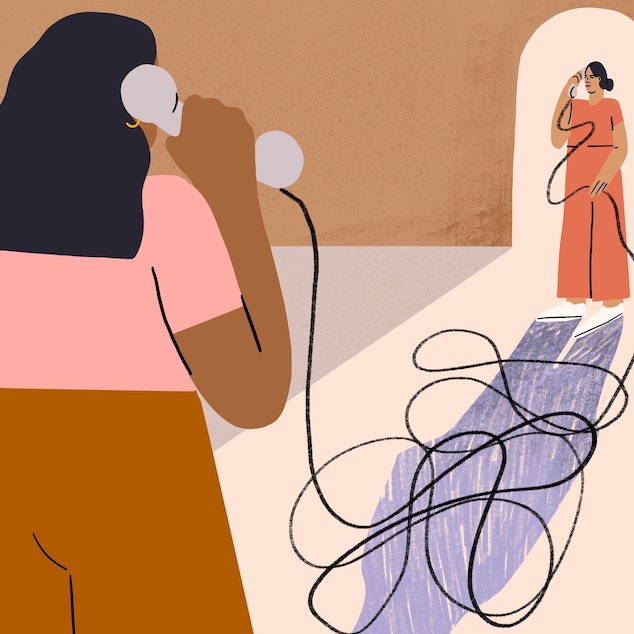
Learning How to Establish and Communicate Boundaries for your own Mental Well being. Often pleasing others can come at the expense of denying oneself.
What is the first thing that comes to mind when you think of “personal boundaries”? It could be the need for physical space, time to recharge your social meter or a number of other personal “rules” you have in place with those around you. However, for some people, it can be difficult to enforce those boundaries.
Whether you’re worried about other people’s reactions to your needs or feel that you have trouble explaining yourself, saying “no” is vital to your mental health. It can be in the form of declining an invitation, discussing a ‘no politics’ rule for you and a close family member, or even telling people you don’t like hugs. Regardless of the reason, getting used to saying no is just as much a boundary for yourself as it is for others.

Why You Need to Say “No”
Whether you’re an outgoing extrovert or you have less energy for social situations like an introvert, it’s important to practice saying “no”. Even the most social butterfly can become overwhelmed with projects, social events, and obligations if they can’t learn to pace themselves. Putting too much responsibility on your shoulders can potentially increase stress and lead to increased feelings of anxiety or panic.
You don’t necessarily need to shut down the person you’re responding to. Instead, it’s about being honest and communicating your decision. While not everyone is entitled to an explanation as to why you’re telling them no, it can be beneficial for both parties if you do your best to politely make your needs clear to them.
Take Time to Learn Your Limits
Before you can learn how to communicate a firm but honest “no”, you need to understand your own limits and their circumstances. You may have boundaries for one friend or family group that you don’t have for others. You may feel more comfortable setting up boundaries based on when you first meet a person and adjust them as you continue to get to know them. That’s fine!

If you’re struggling to try to learn and establish your own boundaries, talk to your support system. This could be a close family member, a best friend, or a mental health care professional that will not only listen but help you come to your own conclusion. For example, while you may have an obvious reason to “ban” talking about politics with a family member, it may be more difficult to put up boundaries with a close friend that regularly asks to hang out. Not only can your support system help you find a way to talk to the friend about your boundaries, but you can work together to set up a system for possible future situations.
How to Communicate Effectively
What saying “no ” comes down to is getting to that conversation. It could be in the form of explaining to your boss why you’re unable to take on an additional project with a particular coworker. Or, you could be uncomfortable with the types of jokes one friend group makes. In these situations, some people decide to either avoid the situation rather than communicate their emotions. But establishing boundaries with someone doesn’t necessarily have to mean burning bridges or creating an awkward environment.
For example, if you’re a parent that doesn’t want your child having soda, how do you explain this to grandparents that love to spoil other nieces and nephews with sugary treats? Some parents may avoid the situation, go in with an argument at the ready, or even use the threat to reduce regular visits. While this situation will obviously vary depending on the relationship between the parent and grandparents, it’s important to go into the conversation with the determination to communicate.
Talk with your support system about how much detail you’d like to go into: you could explain how you came to this decision, provide more reasoning if they at first seem to misunderstand or disagree, or simply start and end the conversation with “This is a boundary I would appreciate your respect on.” Boundaries can sometimes feel complicated or difficult to get across, but they’re there for a reason – to put you and your well-being first.






